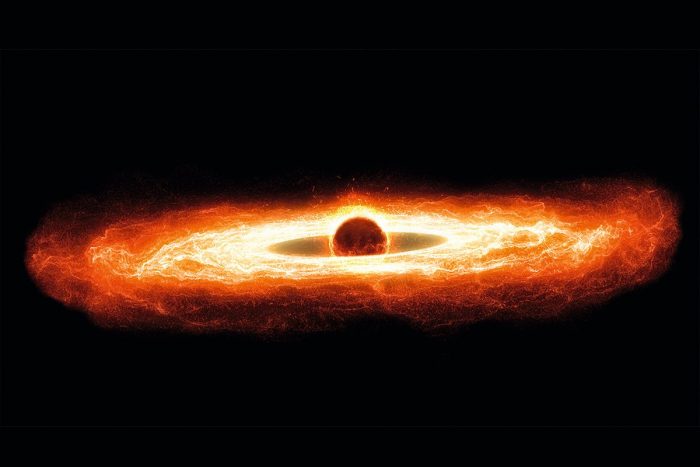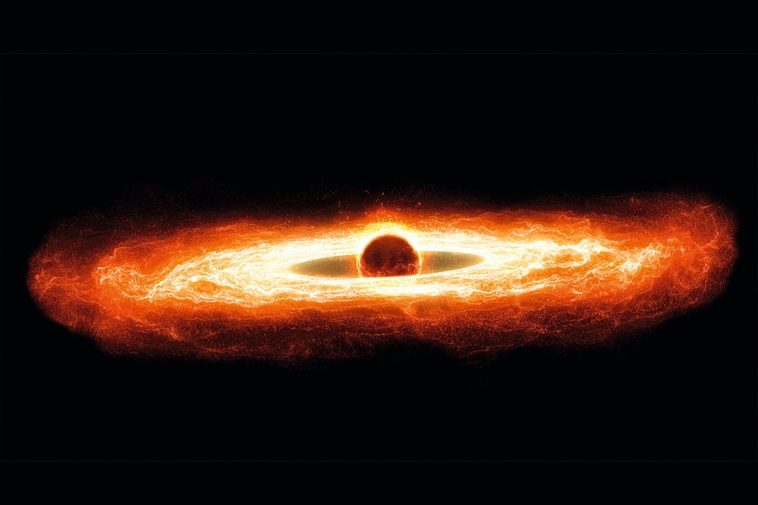
The evidence for supermassive black holes (SMBHs) at the centres of most (if not all) galaxies, is both direct and indirect. Observations of ‘quasars’ – the extremely bright cores of distant galaxies – shows that they’re releasing up to a trillion times the energy of a typical star, all within a volume no bigger than the Solar System.
The only mechanism that can explain this huge energy release is the conversion of gravitational energy into light by an SMBH. Any other kind of object, such as massive stars, simply cannot produce the observed amount of energy. Plus, it appears that stars of more than a few hundred solar masses are unlikely to form because radiation pressure prevents the collapse of the ‘proto-stellar’ cloud.
Even if extremely massive stars did form, their lifetimes would be too short (a few million years) to account for the number of quasars seen in the Universe. However, the best direct evidence for SMBHs in galaxy cores comes from observations of the motions of stars in the vicinity of the central object. Their extremely high orbital velocities can only be explained if the central object is both extremely compact and extremely massive, in other words, a supermassive black hole.




GIPHY App Key not set. Please check settings